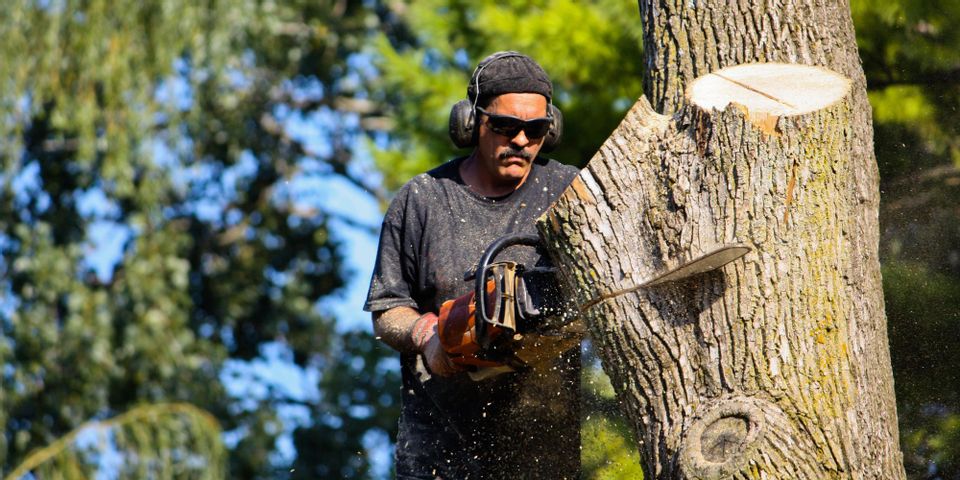
Although trees can add aesthetic and functional value to any property, they may become hazardous if their health fails. To prevent property damage, assess your trees regularly for signs they may need to be removed. Here are some of the most common signs for tree removal.
5 Indications You Need Tree Removal
1. Peeling Bark
On a healthy tree, bark should stay intact. When a tree becomes diseased or decayed, the bark may peel back. If the exposed trunk is dry and brown, your tree is dead and could come down during high winds.
2. Mushrooms
 Mushrooms usually signify decay, especially when they congregate at the base of a tree. Although mushrooms may develop on lawns during particularly wet seasons, an infiltration of fungi on your tree likely means it’s damaged and potentially hazardous.
Mushrooms usually signify decay, especially when they congregate at the base of a tree. Although mushrooms may develop on lawns during particularly wet seasons, an infiltration of fungi on your tree likely means it’s damaged and potentially hazardous.
3. Leaning
If any of your trees are leaning at an angle of 15 degrees or more, take note. Leaning puts pressure on a tree’s root system and will eventually cause a trunk to topple.
4. Dead Branches
A tree with dead branches may continue to live for many years. But if half its branches appear to be dead, it’s too risky to consider keeping. There’s a chance the tree could come down in a storm, and falling branches pose risks if left unaddressed.
5. Insects
Pest infestation may mean a tree is dying, but not always. Contact a tree care expert any time you notice an infiltration of insects. They’ll tell you whether the tree can be treated or if it’s better to have it taken down.
If you’re experiencing problems with the trees on your property, don’t hesitate to contact the professionals at Russell’s Tree Care Services Inc. Specializing in pruning, trimming, and tree removal, their team serves Jasper County, IN, with comprehensive tree care services to keep properties beautiful and safe. With specialists certified by the International Society of Arboriculture, they’re committed to providing top-notch tree care. Visit them online to view a list of services, or call (219) 987-4378 to discuss your needs with one of their team members.
About the Business
Have a question? Ask the experts!
Send your question

